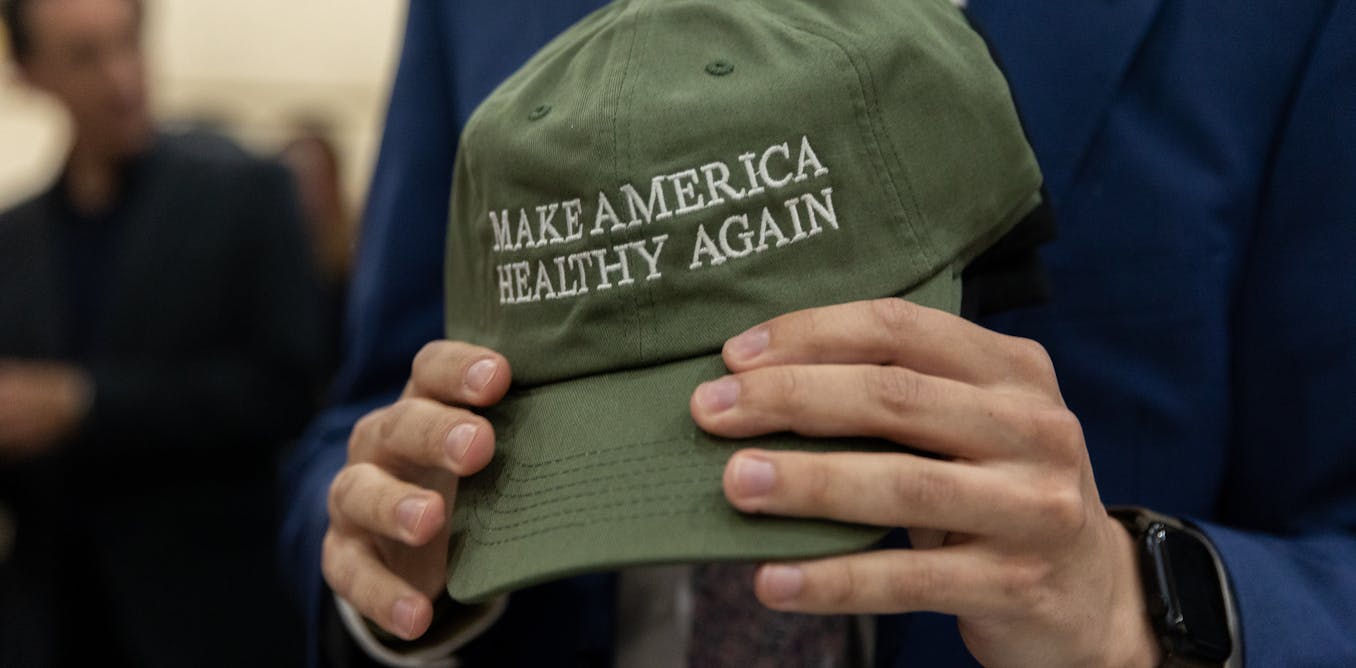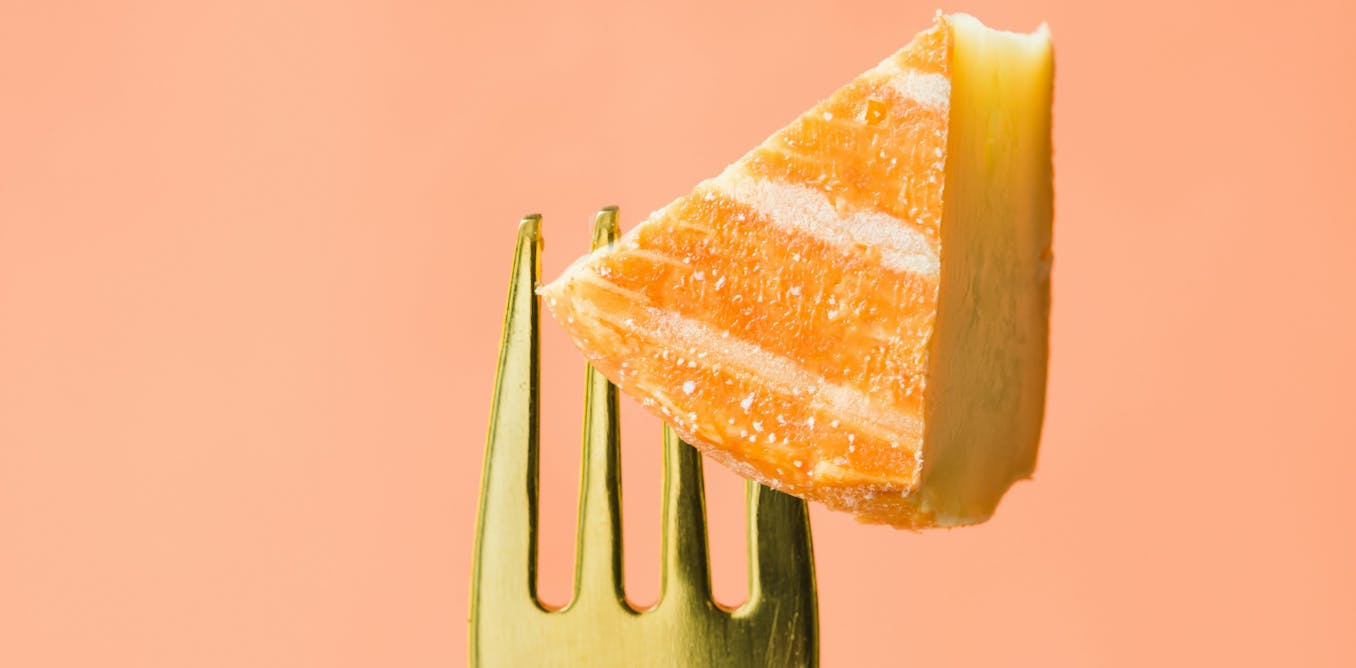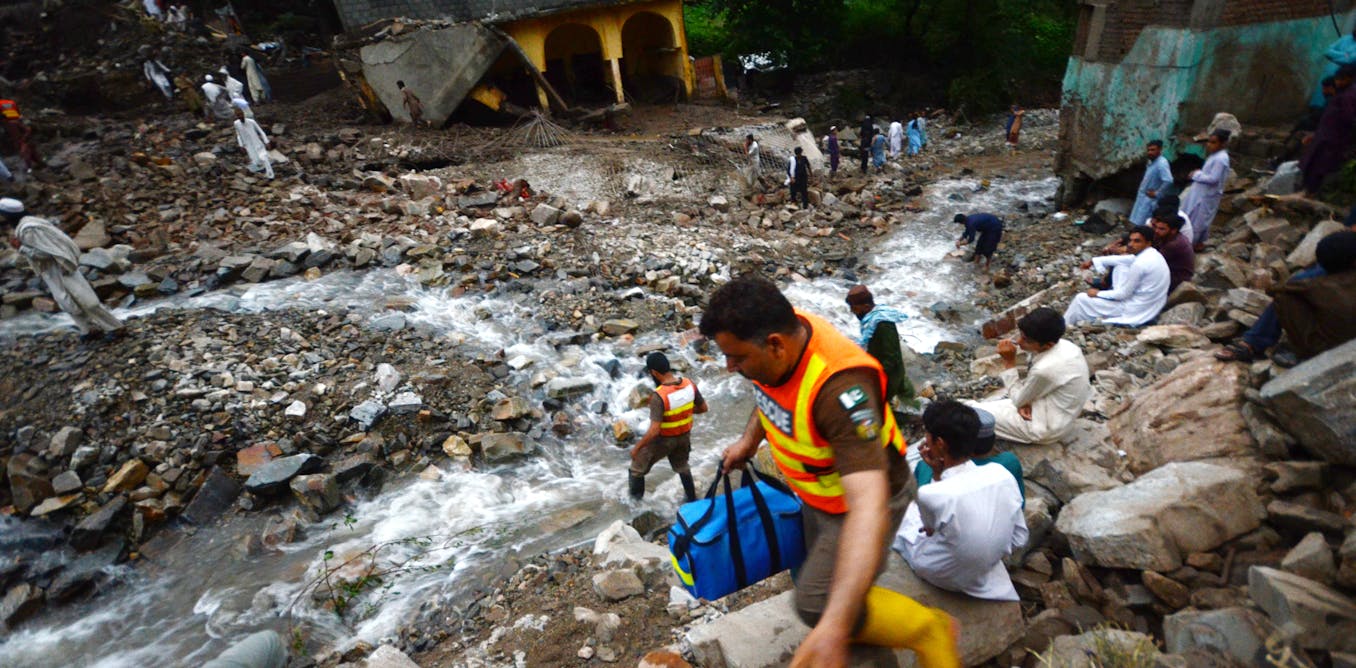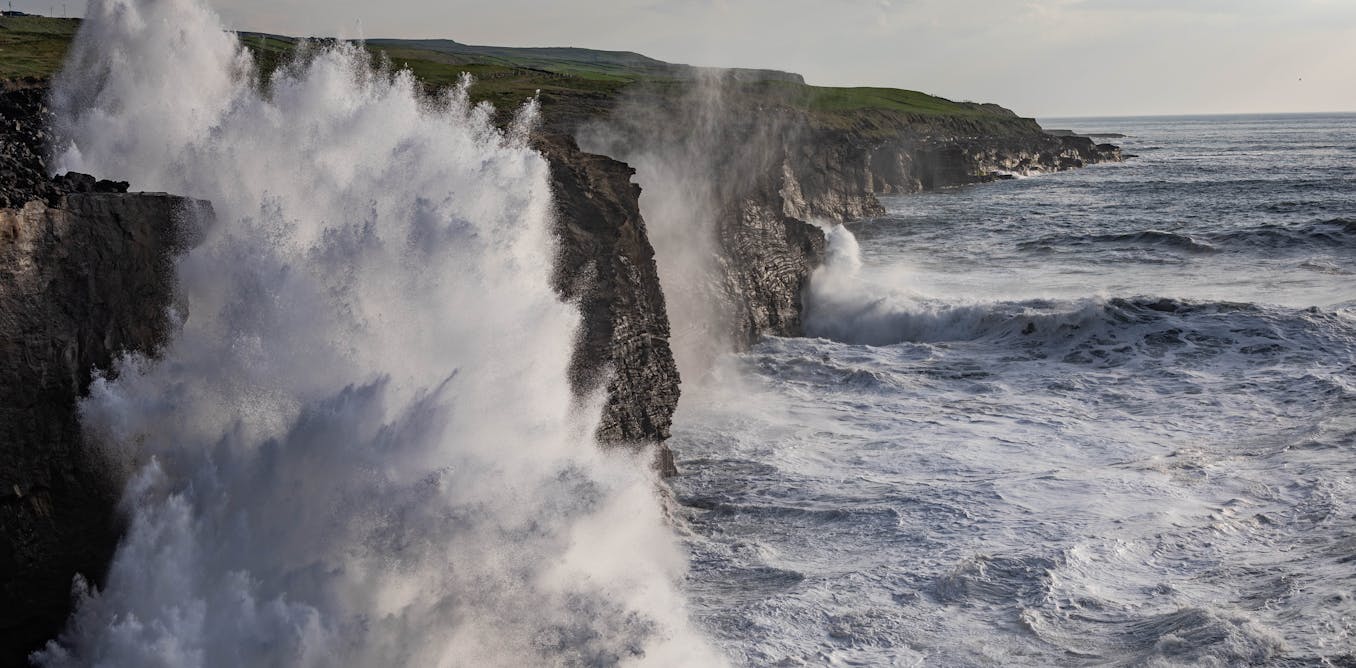In the eye-opening video titled “Inside the Illegal Ape Trade | Trafficked: Underworlds with Mariana van Zeller,” journalist Mariana van Zeller delves into the ruthless and heartbreaking world of the illegal trade of wild apes. Wildlife trafficking, which is the fourth most lucrative crime in the world, poses a significant threat to the great apes in the Congo Basin, where primate populations are dwindling.
Van Zeller encounters Congolese activists who are fighting tirelessly to protect these apes from vanishing forever. In a poignant moment, she witnesses the majestic sight of a full-grown Silverback gorilla in its natural habitat, caring for its family without fear. The activists she meets are dedicated to preserving these incredible creatures for future generations.
The video sheds light on the devastating impact of poaching on ape populations as well as the complex economic and social factors that drive individuals to participate in this illegal trade. Van Zeller emphasizes the need for concerted efforts to protect great apes, including reducing demand for ape products, alleviating poverty, and preserving their natural habitats.
As viewers are taken on a journey through the Congo Basin and witness the beauty of these animals in the wild, they are left with a sense of urgency to take action and prevent the exploitation of great apes. The video serves as a reminder of the importance of conservation and the critical role we all play in protecting endangered species.
Watch the video by National Geographic
I’m Mariana vanel as a journalist covering the underworld I’ve seen almost everything that can be trafficked but Apes was a really sad and difficult story to report on Wildlife trafficking is the fourth most lucrative crime in the world we are talking between 20 and 30 billion the DRC is the only country in
The world which has got three of the four great abs and here in the Congo Basin primate in general are paying the price a great AE is the closest cousin to a human it is as smart as We Are Scientists have determined that we share an astonishing 98.8% of our DNA sequence with
Chimpanzees it’s very difficult to catch a great a into a snare I’m not saying it’s impossible but it’s very rare so the only way to catch a great a is a gun that’s why it kills an a we’re killing the family around it yes and taking baby
CHS great abs flock families and before you can take a baby away from them you’ve got to kill 10 of them such a crazy number but I think one of the most impactful moments for me was actually when we were in the Congo and we traveled to the kahua Bea National
Park to see the gorillas and you track for you know hours and hours up into the mountains with these conges men who are there to protect the forest and to protect the gorillas and they’re showing us okay so this it looks like there’s some gorilla poop here and this is where
The gorillas were last night juvenile yes there you are and eventually there is some of the group here some of the group is right here it’s here now imp oh my God it’s right here it’s right here he’s starting to make the noises juvenile is starting to make the groundling
Noises oh my God TR car right there nothing can prepare you for this the Majesty of a full grown Silverback not in a cage or behind steel bars but as free as you or me in its own habitat caring for its family Living Without Fear oh my God there’s like tons of them
Over here the mother is actually holding a baby gorilla that was born just last week yeah I mean to know that they’re basically killing the families killing the silver back so they could take and sell the baby gorillas so there’s a lot of incentive to kill these
Animals um but still you know when you’re in the presence of these animals you’re it’s really hard to understand how somebody could do that it really is special that you feel so privileged to to be here and see this juvenile what does it feel to you
Every time you see a gorilla for for me it was incredibly emotional but for you for me they’re my first babies I must take care of my family this is my first son the gorillas as I take care of my sons at home so I can take care of this
One I have to protect them yeah juvenile you’re making me cry do you think that in 30 years we’ll still be able to see gorillas in the wild like this if we do not take care to them they can be ex so we must take care
We must protect them compared to all the other black markets I’ve covered this was one of the most emotional for me I’ve got goosebumps everywhere let’s not think in a monolithic way not every poer do this because that’s what they want to do but there are those
Who are compelled to do it because of life’s hardships if you go in the So-Cal protected areas are there are no schools there are no hospitals there is nothing so if the state is going to say don’t touch get out of there it has to come up
With ways and means on how these people can also live a decent lifestyle to know how much suffering how much death human hum caus to these great apes is beyond imagination but there are ways we can help we can take a stand against the exploitation of Apes for entertainment and reduce
Demand we can work to alleviate poverty and help people find alternatives to poaching and we can put more resources into protecting great apes in the wilds and preserving their habitats there is still time but barely after you know spending weeks and months investigating the trafficking of
Apes to finally get to see a gorilla in the wild where it’s supposed to be was incredibly emotional and also to know that there’s a good chance that in a few years my own child won’t be able to see this if we continue at the rate that we are right Now
Video “Inside the Illegal Ape Trade | Trafficked: Underworlds with Mariana van Zeller” was uploaded on 03/06/2024. Watch all the latest Videos by National Geographic on Gretopia




































